HOW TO USE COMPRESSOR 101

Hi, I’m Hossein and have decided to make some educational content about mixing and mastering here on steemit. I hope these articles help all the talented musicians who are new to sound and mixing and want to get their songs to the next level!
Today I want to talk about a one of the most important tools that every mixing engineer uses day in day out and it’s so important to understand the way this tool works and then use it to shape your sound.
Today we are going to know compressors very well and start utilize them like pros.
What is a compressor?
Compressor is a tool that reduces the difference between the loudest and the quietest parts of the audio it’s processing.
Well it means we gonna turn down the volume of the audio but it’s just one of the things that a compressor dose.
Let’s talk about the parameters every compressor have in common then get to know the different tasks that it can handle.

Anatomy of a compressor:

THERESHHOLD:
Determines the level that the compressor kicks in, in order to turn on the compressor we need to set a specific level of audio for the compressor to start working.

RATIO:
Determines how much the volume reduced by.
Let me give an example, you loud the compressor on the snare drum and you set the RATIO to 4.1 then its goes over the threshold by 10db so 10devided by 4 is … 2.5 so our sound only goes 2.5db louder.

ATTACK TIME:
Determines how quickly compressor engages and reduces the volume of the audio.

RELEASE TIME:
Determines how long it takes the compressor to completely disengages and return the audio back to its normal volume.

KNEE:
Determines how aggressive the comp sounds.

MAKEUP GAIN:
Increase the output level to compensate for the loss of volume due to compression
Why do we use compressors?
We usually use the compressor to catch the louder peaks and make the track more consistent in volume. So we adjust the threshold until the compressor only kicks in when our recording hits that pick, by doing this we make some headroom for our recording for farther mixing processes.
Is that all?
No, but let me give you some tips on how to set the compressor’s parameters then talk about other cool effects of a compressor.
Tips for using a compressor:
Attack Time:
Fast attack times makes an instrument thick and controlled while slower attack times makes it punchier and more exciting.
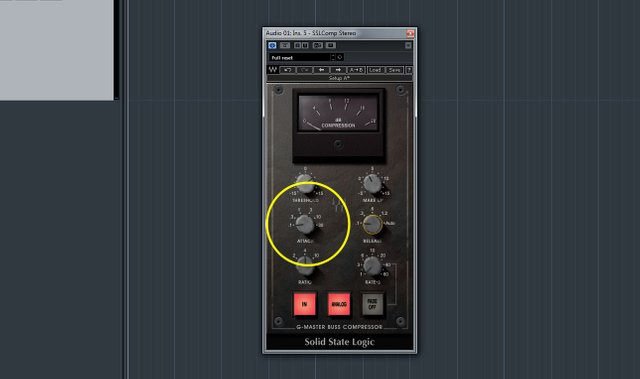
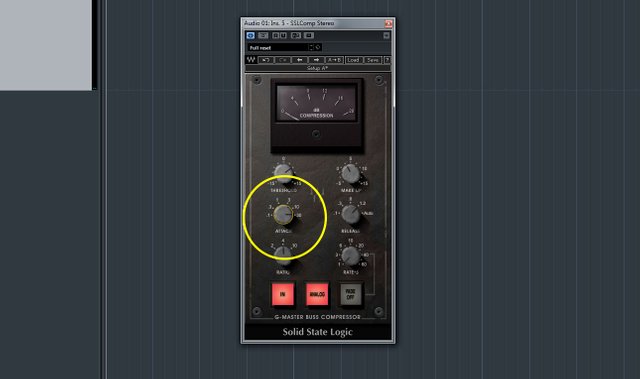
Release time:
Slower release times add sustain to the instrument faster release times let the compressor catch more peaks.
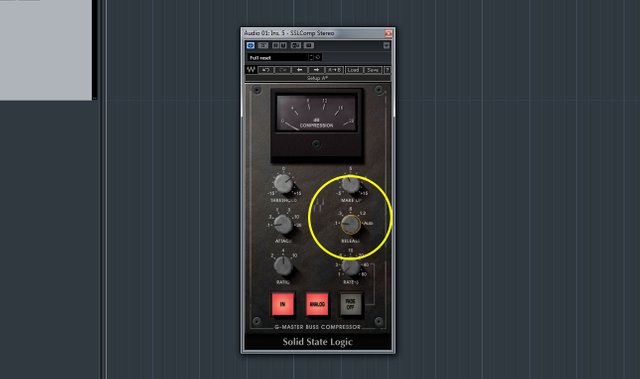
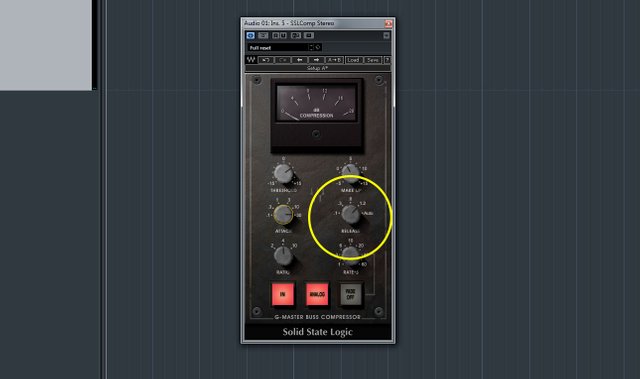
Knee:
Using soft knee makes the compressor more subtle while using hard knee makes the compressor more obvious.
Makeup gain:
Use it to increase the volume of the quitter parts of the audio.
Hope you find these tips useful now let’s talk about the most important effect that a compressor dose!
How to use a compressor like a pro?
Well to answer this question I need to talk about EQ an EQ is a tool that we use to make changes in the frequencies of an audio which means turning a specific frequency louder or quitter but there still one aspect of the sound we didn’t alter and that is the tone.
Pros use compressor not only to tame the peaks and push the instrument forward in the mix but to change or color the tone of the track with that in mind I shall say the stock comp that you can find in your DAW are rally transparent but you can use third party plugins such as waves plugins to alter the tone.
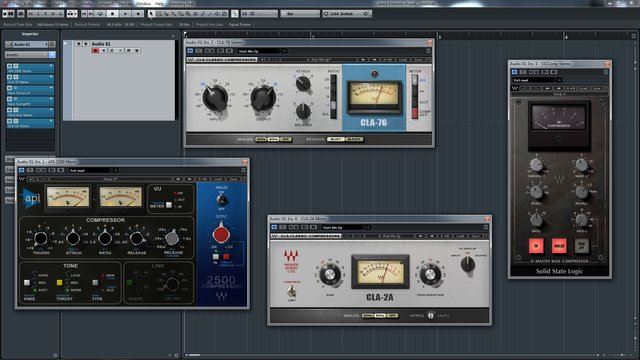
Let me know in the comments if you find this article useful and ask any question you have I may write an article or make a video only to answer your question thanks for your time.
Please follow me @hosseindreamer to see more of this posts!